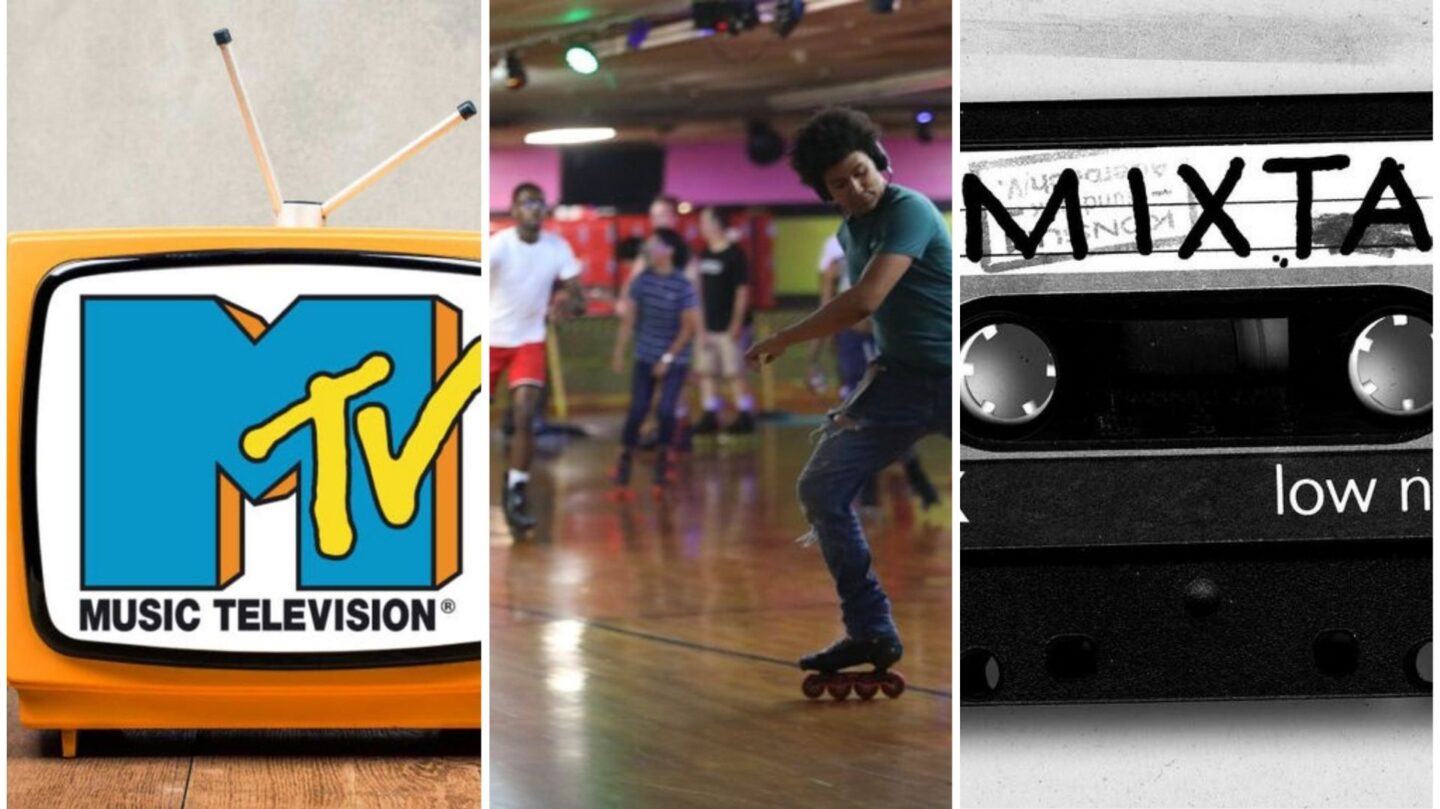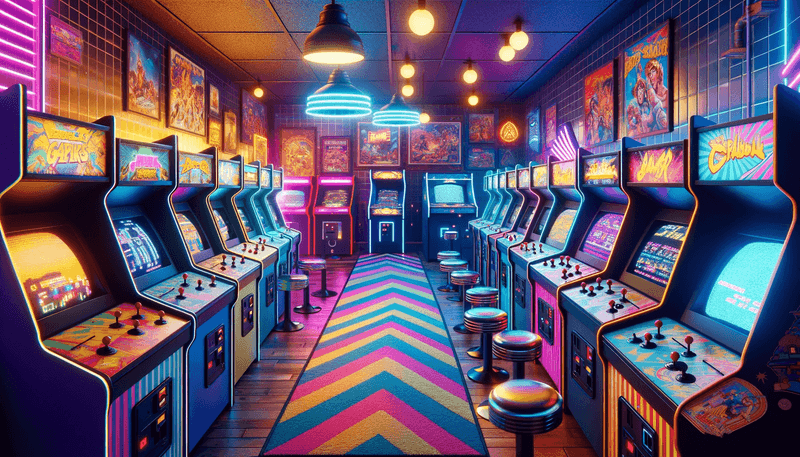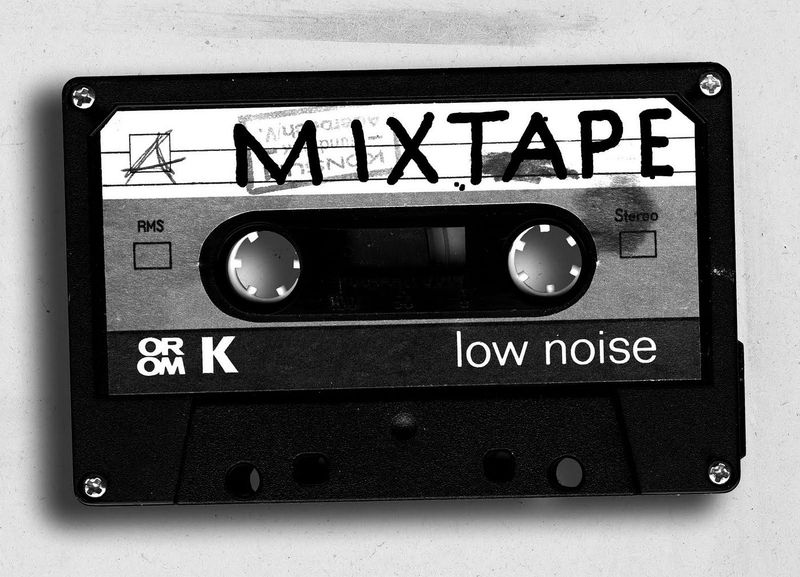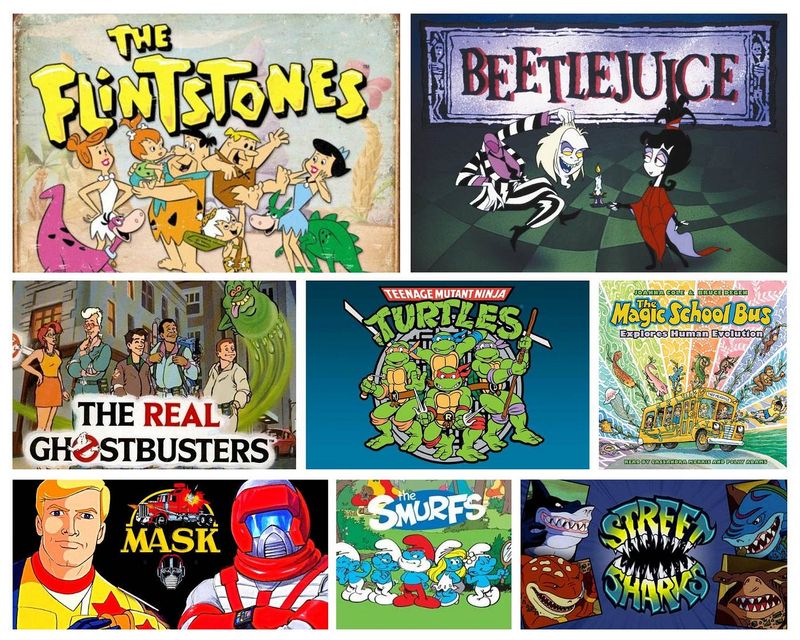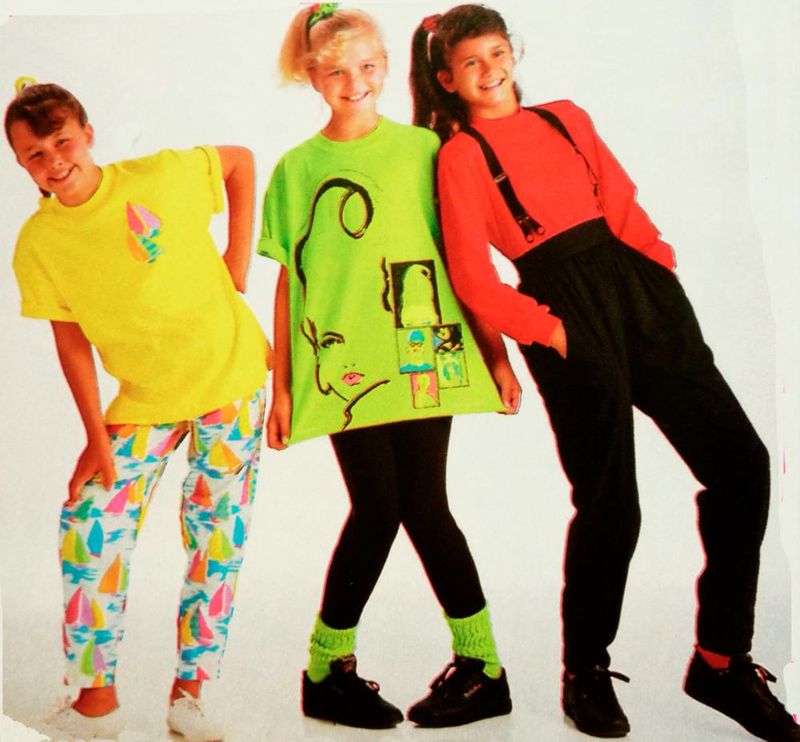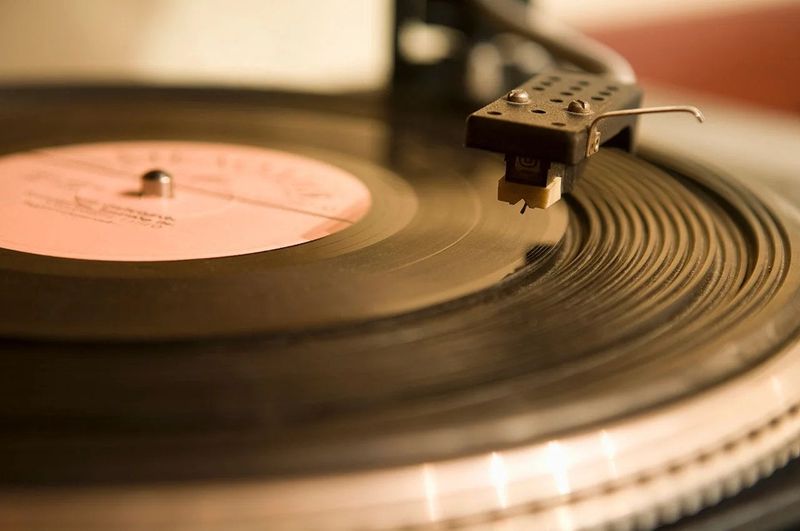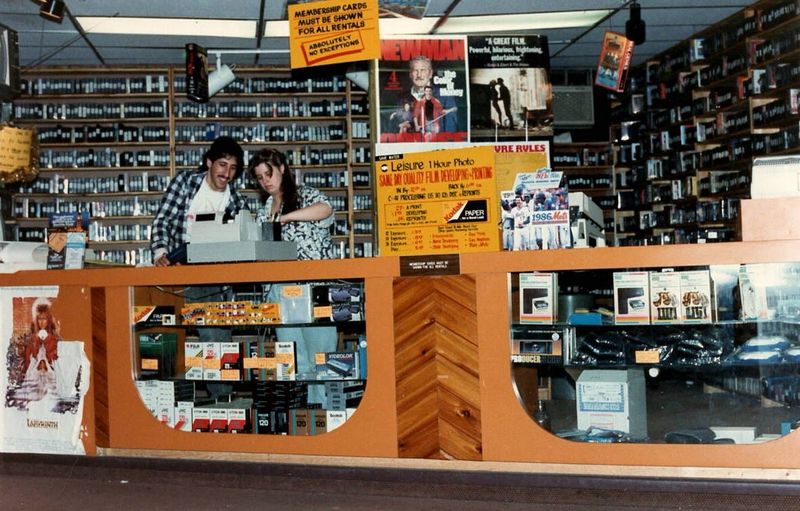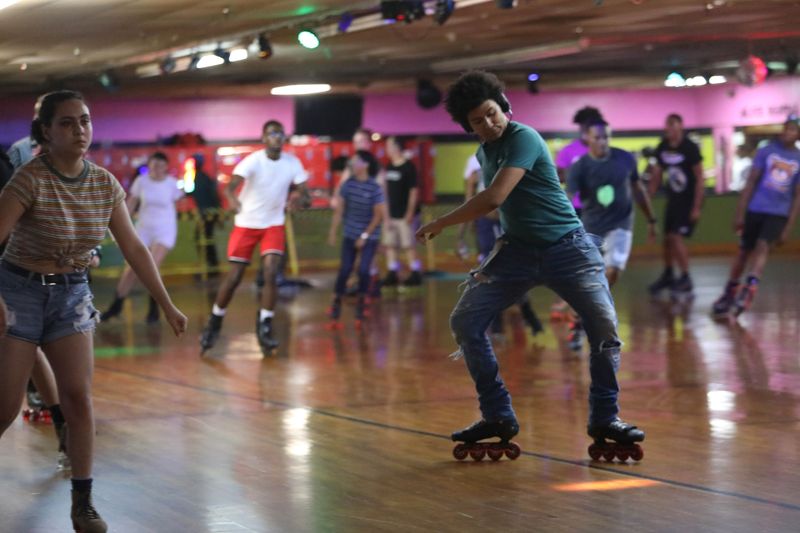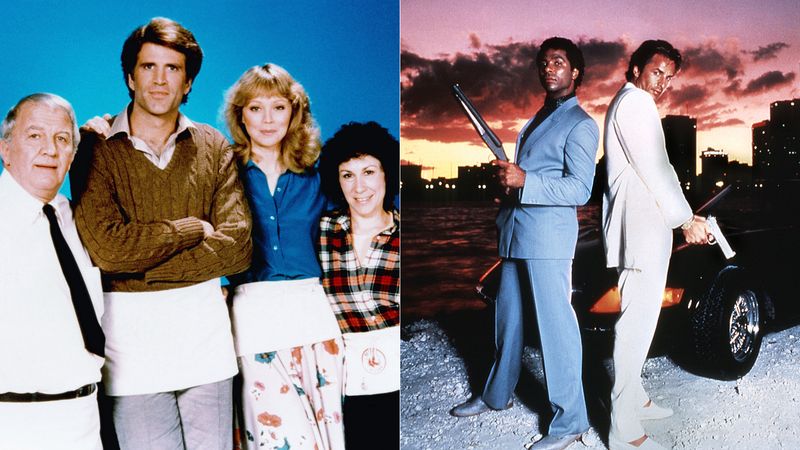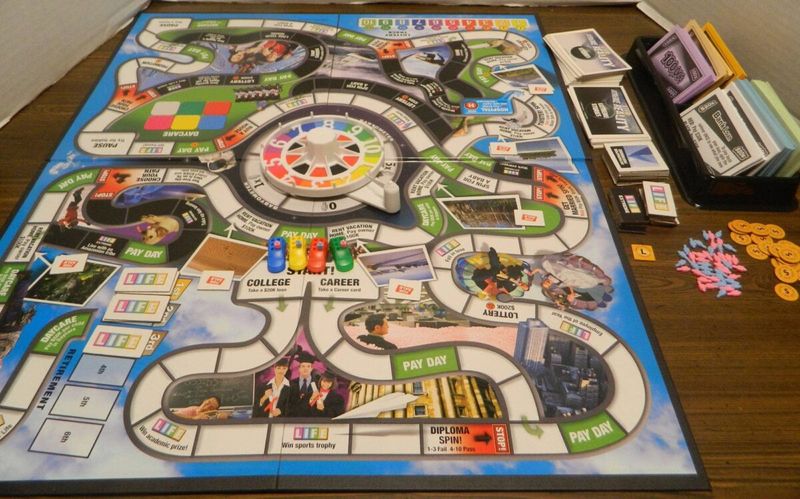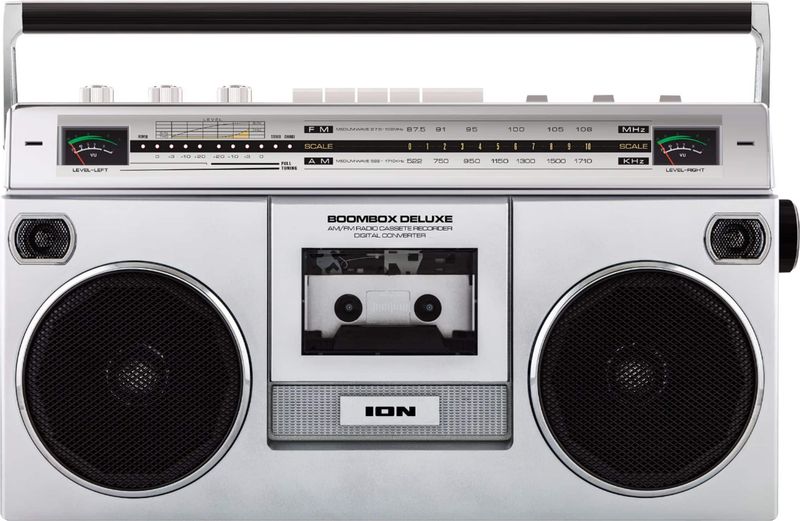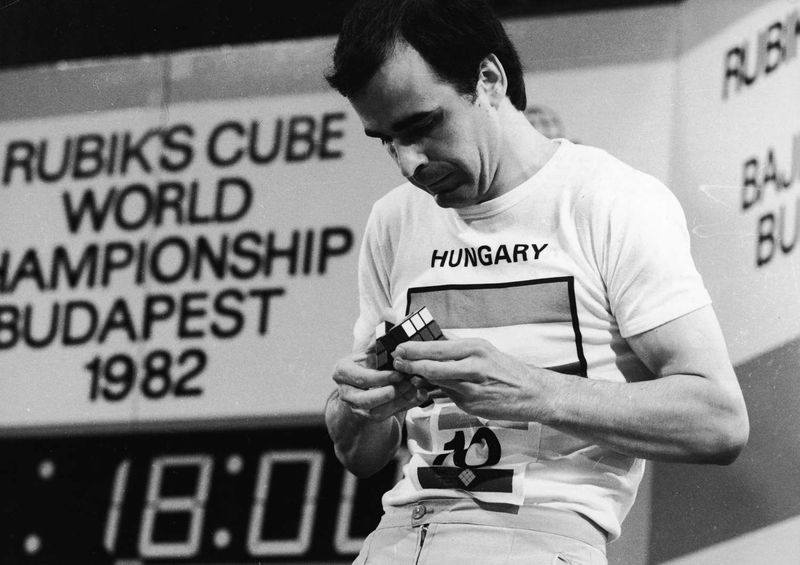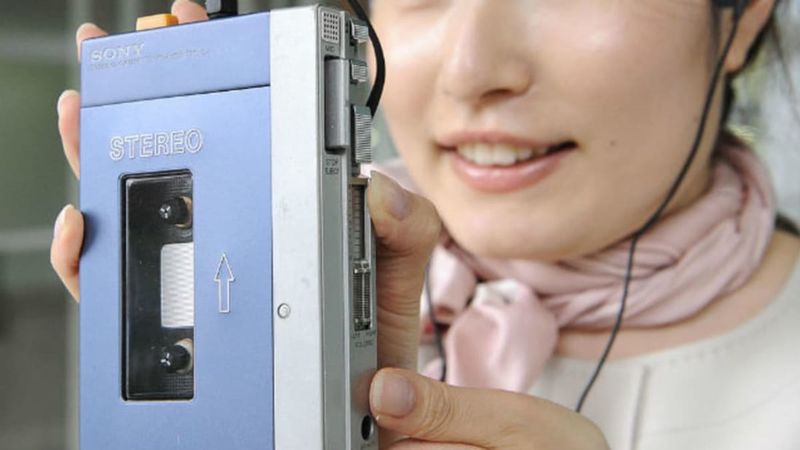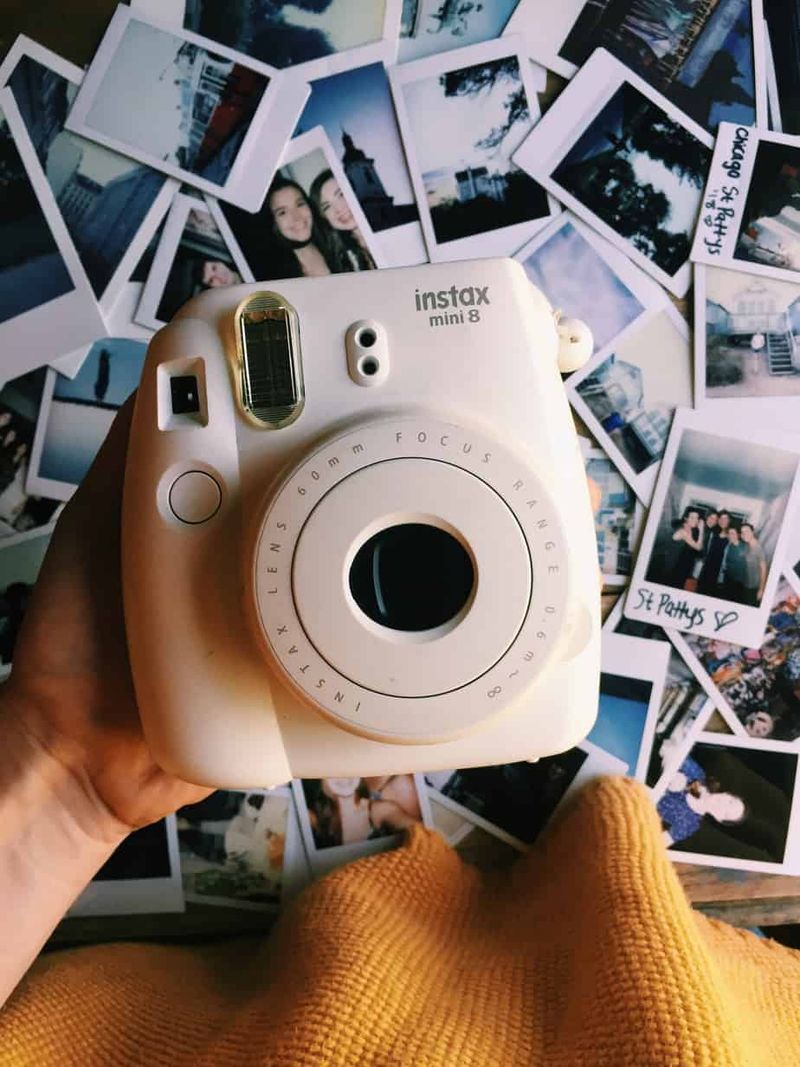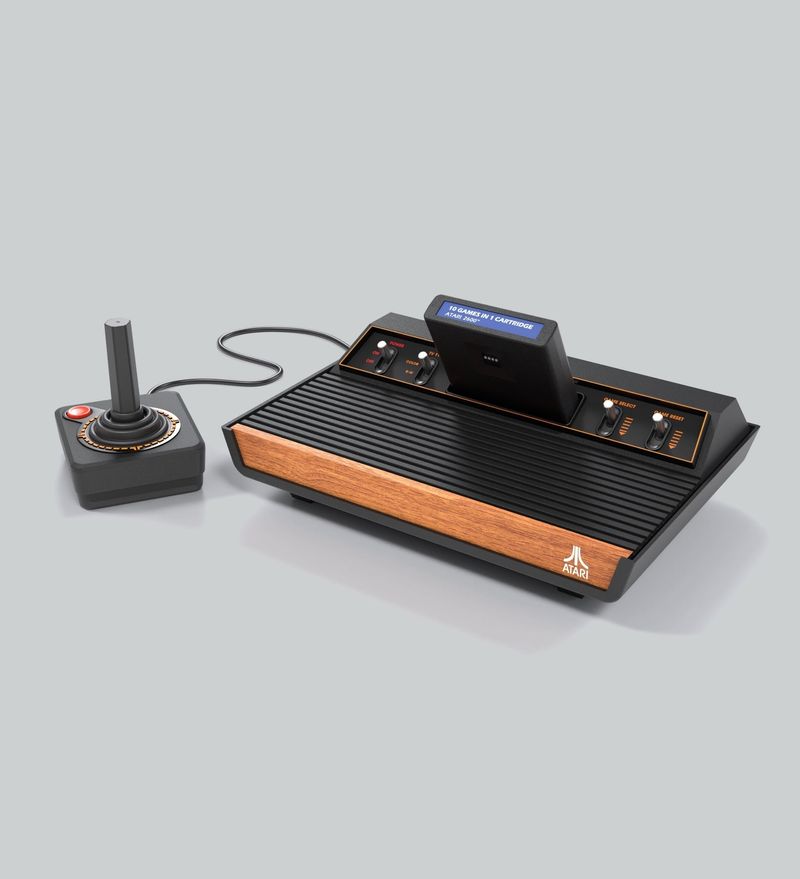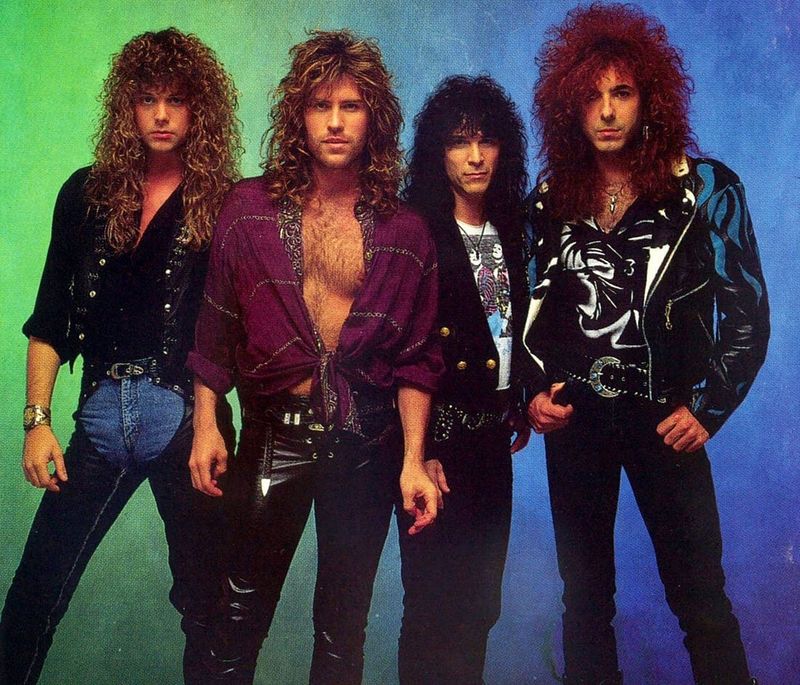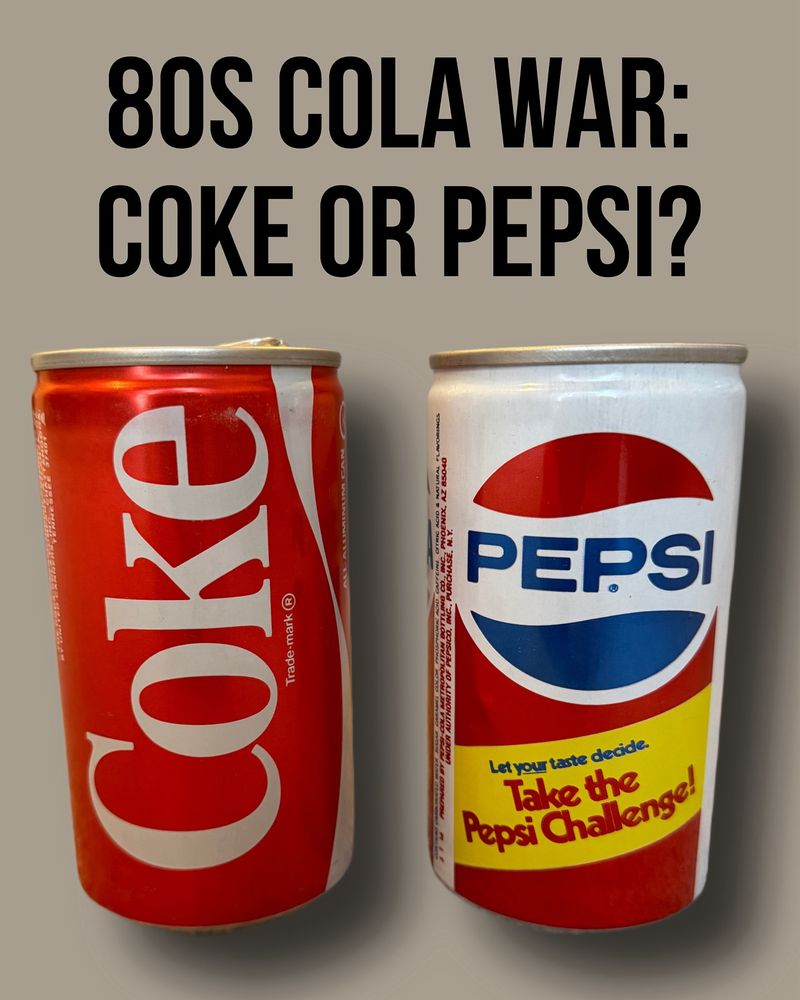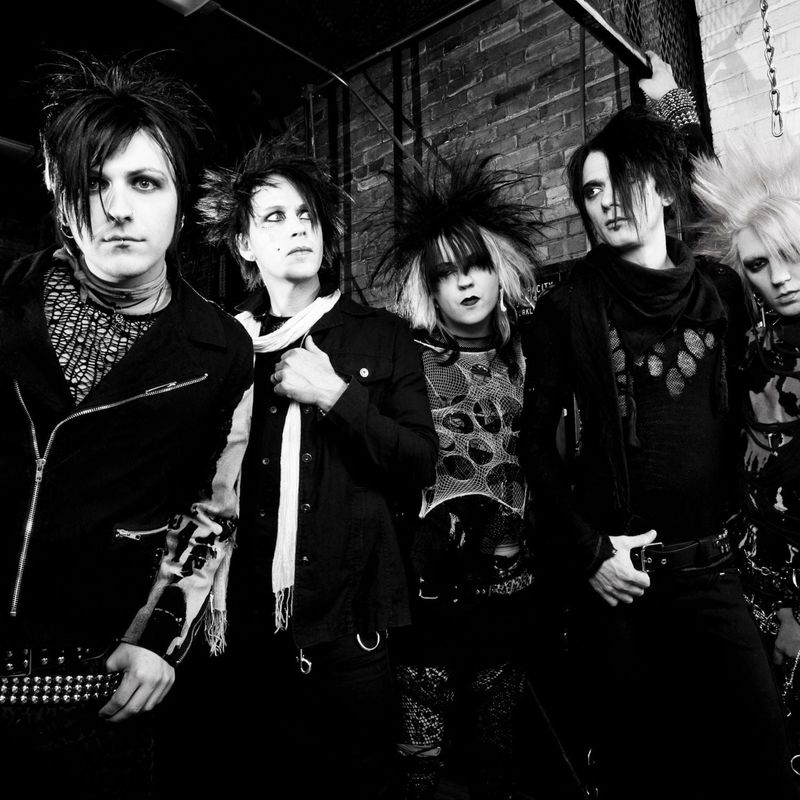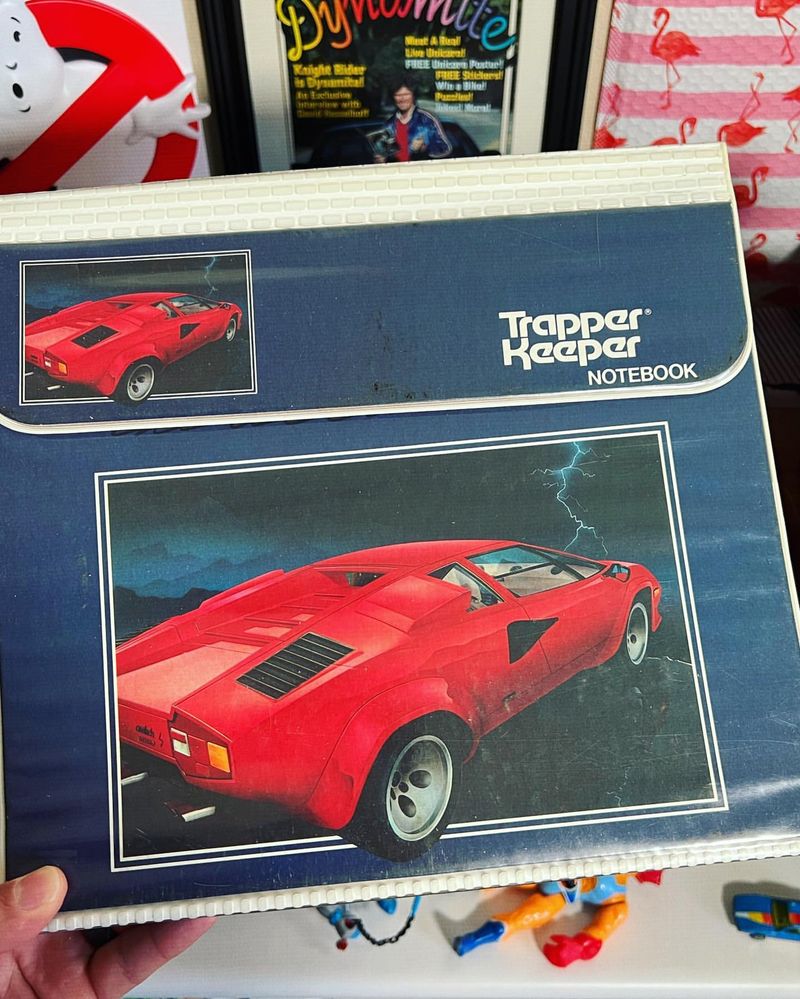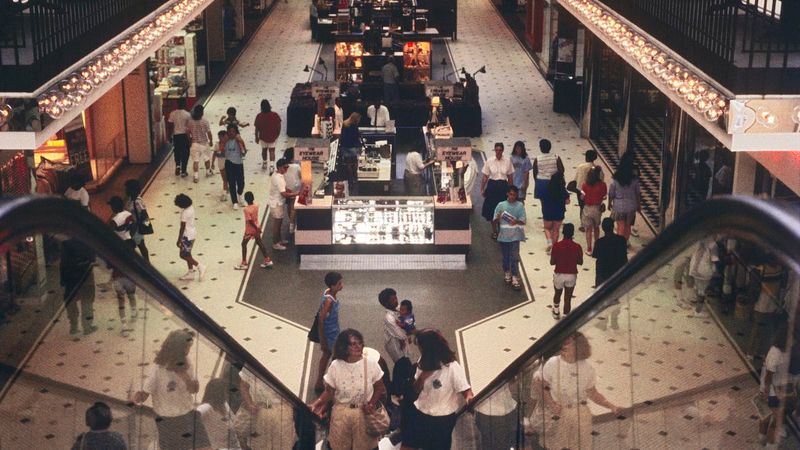The 1980s were a time of vibrant cultural shifts, characterized by unique fashion, music, and lifestyle trends that many fondly remember today. While technology and social norms have evolved drastically since then, the charm and novelty of the 80s continue to hold a special place in our hearts. In this blog post, we will explore 20 distinctive aspects of the 80s that have changed dramatically, inviting nostalgia and reflection on how far we’ve come. From iconic toys to legendary music hits, let’s take a trip down memory lane and celebrate everything that made the 80s unforgettable.
Arcade Gaming
Back in the 80s, arcades were the ultimate hangout spots for teenagers and young adults alike. The cacophony of beeping machines filled the air, creating an electrifying atmosphere. Groups of friends would gather around classics like Pac-Man and Donkey Kong.
The social experience of competing for high scores was unmatched, fostering a sense of community. With the rise of online gaming, the magic of in-person arcade gatherings has faded. Today, gaming is often solitary, confined to the digital realm. The tactile joy of arcade buttons is a cherished memory for many.
Mixtapes
Creating a mixtape was an art form in the 80s, a personalized gift of curated songs recorded on cassette tapes. Each mixtape was a reflection of personality and emotion, often gifted to friends or crushes as a symbol of connection. Crafting the perfect mixtape required patience and deliberate song choices.
With the advent of digital playlists, the personal touch of mixtapes has been lost. Today, music is shared via streaming services, lacking the sentimental value of a physical tape. The charm and thoughtfulness of mixtapes remain a nostalgic memory.
Saturday Morning Cartoons
Saturday mornings in the 80s were a cartoon extravaganza, a ritual for kids across the country. Shows like “He-Man” and “Transformers” captivated young audiences, offering a blend of entertainment and moral lessons. The excitement of waking up early for cartoon marathons was unparalleled.
Nowadays, on-demand streaming has replaced the anticipation of scheduled broadcasts. Kids can watch their favorite shows anytime, which, while convenient, lacks the communal experience of shared viewing. The era of Saturday morning cartoons is fondly remembered by those who grew up during this time.
Fashion Trends
The 80s were a decade of bold fashion statements, from neon colors to leg warmers and oversized blazers. The daring styles were a reflection of self-expression and individuality. Big hair, shoulder pads, and chunky jewelry defined the era’s fashion scene.
Today, fashion trends are more subdued, with a focus on minimalism and sustainability. The flamboyance of 80s fashion is a far cry from current styles, but its influence can still be seen in occasional retro revivals. The playful and adventurous spirit of 80s fashion is something many miss.
Vinyl Records
Vinyl records made a significant comeback in the 80s, celebrated for their superior sound quality and collectible nature. Music enthusiasts would spend hours flipping through albums at record stores, immersing themselves in the art of music discovery.
In the digital age, music is mostly consumed via streaming services, where convenience often trumps quality. The tactile experience of handling vinyl, with its crackling sound and large album art, is cherished by purists. While vinyl has seen a resurgence, the widespread reliance on digital formats marks a stark contrast to the 80s.
Iconic Movie Rentals
Before the era of streaming, renting a movie was an event in itself. Families would visit video rental stores like Blockbuster to pick out the perfect VHS tape for movie night. Browsing aisles of tapes was a delightful ritual, with selections often based on cover art alone.
Today, streaming platforms offer instant access to vast libraries of films, eliminating the need for physical rentals. While convenient, this shift has erased the communal experience of sharing recommendations and discovering hidden gems in video stores. The tactile joy of VHS tapes is a nostalgic memory for many.
Roller Skating Rinks
Roller skating rinks were vibrant hubs of social activity in the 80s, filled with music, laughter, and the sound of wheels gliding on polished floors. People of all ages enjoyed the freedom and fun of skating, often accompanied by the latest pop hits.
In today’s digital age, entertainment has shifted towards screens, leading to a decline in physical social activities like roller skating. The sense of community and joy found in these rinks is fondly remembered by those who experienced it. The carefree fun of roller rinks is a cherished memory from the 80s.
Iconic TV Shows
The 80s gave birth to many iconic TV shows that became cultural phenomena. Series like “The A-Team” and “Cheers” brought families together, creating shared experiences and catchphrases that became part of everyday conversation.
In contrast, today’s television landscape is fragmented, with viewers consuming content on-demand and often in isolation. While streaming services offer more choice, the communal aspect of watching shows at designated times has diminished. The shared excitement of discussing last night’s episode is a treasured memory from the 80s TV era.
Classic Board Games
Board games were a staple of family gatherings in the 80s, offering hours of fun and friendly competition. Games like Monopoly and Clue brought people together, fostering interaction and strategic thinking.
Though board games still exist, digital gaming has overshadowed their presence in many homes. The tactile pleasure of moving pieces on a board and the face-to-face interaction they provided are missed in today’s screen-dominated leisure time. The simplicity and joy of classic board games are fondly remembered by many who grew up in the 80s.
Boomboxes
Boomboxes were a quintessential symbol of the 80s, representing freedom and musical expression. People would carry these portable music players on their shoulders, sharing their favorite tunes with the world.
In today’s world of compact and personal audio devices, the communal experience of boomboxes has faded. Music is often consumed through headphones, isolating listeners. The boldness and presence of a boombox, blasting music in public spaces, is a cherished memory from the 80s. Its impact on street culture and social gatherings was profound.
Rubik’s Cube Craze
The Rubik’s Cube became a global sensation in the 80s, challenging minds and capturing imagination. People of all ages were drawn to this colorful puzzle, spending hours twisting and turning to solve it.
Although the Rubik’s Cube still exists, its cultural impact has waned with the advent of digital puzzles and games. In the 80s, solving the cube was a shared experience, sparking friendly competitions and admiration. The simple yet complex nature of the Rubik’s Cube remains a nostalgic symbol of the decade’s playful spirit.
Cassette Walkmans
The Sony Walkman revolutionized personal music in the 80s, allowing people to take their favorite tunes anywhere. With a cassette player clipped to the belt and headphones on, music became a personal soundtrack for daily life.
Today, digital music players and smartphones offer unmatched convenience, yet lack the charm of manually rewinding tapes. The tactile experience of flipping a cassette and the anticipation of a favorite song playing are missed by many. The Walkman represents a time when music was more personal, tactile, and cherished.
Polaroid Cameras
Polaroid cameras allowed people to capture moments instantly, creating tangible memories with every click. The excitement of watching a photo develop before your eyes was a magical experience.
In today’s digital world, photography is instantaneous and often ephemeral. While convenient, it lacks the tactile joy of holding a physical photo moments after capturing it. Polaroids offered a unique blend of immediacy and nostalgia, bringing people together to capture and share life’s moments. This analog charm is fondly remembered by those who experienced it.
Atari Consoles
The Atari console was a pioneer in home gaming, bringing arcade-style entertainment to living rooms across the globe. Games were simple yet addictive, capturing the imagination of a generation.
Today, gaming is dominated by high-definition graphics and online multiplayer experiences, a far cry from the pixelated simplicity of Atari games. The nostalgia for the straightforward, engaging gameplay of Atari is strong among those who grew up with it. The sense of wonder and excitement surrounding early home gaming is a treasured memory from the 80s.
Hair Metal Bands
Hair metal bands dominated the music scene in the 80s, known for their flamboyant looks and electrifying performances. Bands like Mötley Crüe and Poison brought an era of excess and rebellion, defining a generation’s musical taste.
While rock music continues to evolve, the distinctive sound and style of 80s hair metal bands remain unmatched. The era’s theatrical performances and catchy anthems are fondly remembered by fans. The rebellious spirit and bold image of hair metal bands symbolize a time of musical experimentation and cultural impact.
Pepsi vs. Coke Wars
The 80s saw the height of the “Cola Wars,” with Pepsi and Coca-Cola battling for market dominance. This rivalry extended beyond beverages, influencing pop culture and advertising trends. Commercials featured celebrities and catchy jingles, creating national debates over brand loyalty.
Today, while brand rivalries exist, the intensity and cultural impact of the Cola Wars have diminished. The marketing battles of the 80s are remembered for their creativity and impact on consumer culture. The era’s spirited debates over a favorite cola are a nostalgic memory for many.
Punk Rock Movement
The punk rock movement of the 80s was a cultural force, challenging social norms with raw energy and defiance. Bands like The Clash and Dead Kennedys inspired a generation with their rebellious spirit and anti-establishment lyrics.
While punk rock still exists, its cultural prominence has shifted. The DIY ethos and passionate fan base remain, but the mainstream impact has lessened. The 80s punk scene’s influence on fashion, music, and attitudes is fondly remembered by those who lived it. It’s a symbol of youthful rebellion and self-expression.
MTV’s Music Revolution
MTV revolutionized the music industry in the 80s, making music videos a crucial part of an artist’s success. The channel brought visual storytelling to music, with iconic videos from artists like Michael Jackson and Madonna.
Today, music consumption is fragmented across platforms like YouTube and Spotify, reducing the shared experience MTV offered. The channel’s influence on music and pop culture remains a significant part of 80s nostalgia. The excitement of waiting for a favorite video to air is a cherished memory for many who experienced MTV’s golden era.
Trapper Keepers
Trapper Keepers were more than just school supplies; they were a fashion statement and organizational tool for students in the 80s. With vibrant designs and Velcro closures, they offered a fun way to keep papers and notes in order.
In today’s digital world, tablets and laptops have replaced paper-based organization, making Trapper Keepers a nostalgic symbol of school days. The tactile satisfaction of organizing with a Trapper Keeper and personalizing it with stickers is fondly remembered. Its role in childhood education and style is a cherished 80s memory.
Mall Culture
Shopping malls in the 80s were social epicenters, offering more than just retail therapy. Malls were places to meet friends, enjoy food courts, and people-watch, creating vibrant community hubs.
With the rise of online shopping, the role of malls has changed, focusing more on entertainment and dining. The 80s mall culture, with its bustling energy and social interactions, is a fond memory for those who experienced it. The excitement of a day spent exploring stores and hanging out with friends is nostalgic for many.
